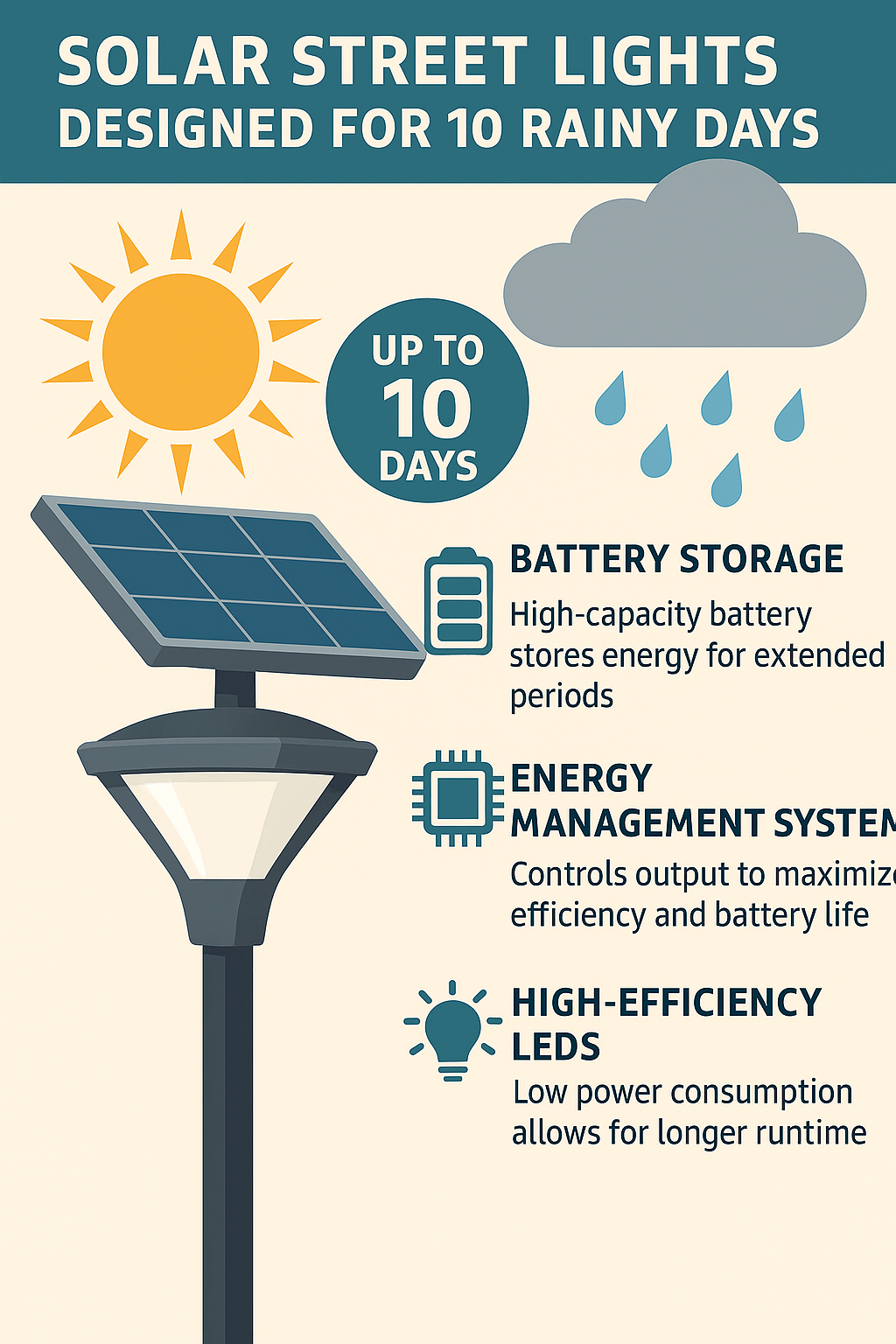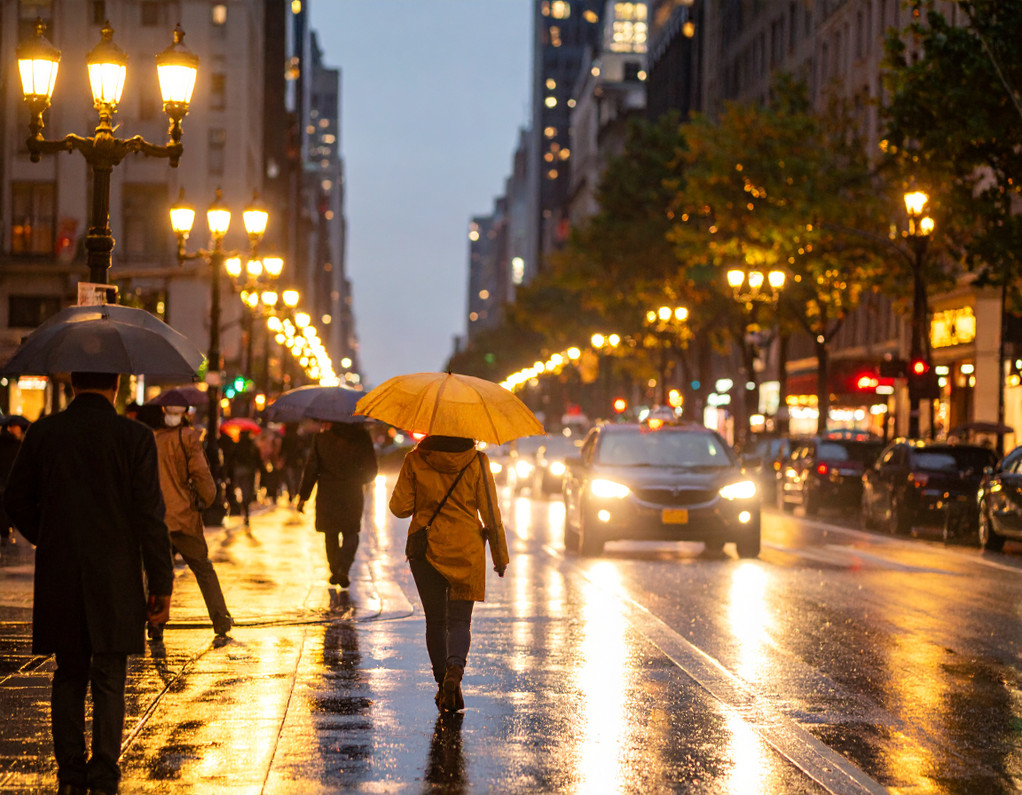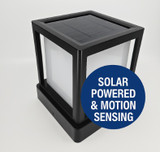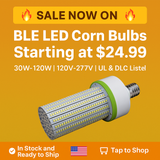How Long Will Solar Powered Lighting Operate in the Rain?
How Solar Light Fixtures Can Run for 10 Rainy Days
If you’ve ever wondered how a Commercial solar light fixture keeps working even when the sun hasn’t made an appearance in days, you’re not alone. It's a common question—and a valid concern—especially for municipalities, HOAs, commercial developers, and property managers who rely on consistent lighting for safety and security.
The good news is that quality solar lighting systems are designed to keep operating even during extended periods of cloudy or rainy weather—often up to 10 days or more. Here’s how they do it.
1. Built-in Battery Storage = Built-in Backup Power
The secret to long runtimes during poor weather lies in the battery system. Modern solar lights use high-capacity lithium-ion or lithium iron phosphate (LiFePO4) batteries, which can store several days' worth of energy during full sun exposure.
These batteries don’t just store enough for one night—they're engineered to hold reserve power for multiple days, often between 5 and 15 days depending on the system. That means if it rains for a week straight, the light can still turn on each night without skipping a beat.
2. Intelligent Energy Management Systems (EMS)
Smart solar fixtures include Energy Management Systems that regulate output based on available battery charge. If battery levels drop due to prolonged overcast conditions, the EMS can reduce the light's brightness slightly or shorten its runtime, preserving energy while still providing illumination.
Some advanced systems also include adaptive lighting modes, such as dimming during inactive periods and full brightness only when motion is detected. This helps stretch stored power over more nights.
3. Oversized Solar Panels for Faster Charging
Another reason solar lights can power through bad weather is due to oversized or high-efficiency solar panels. These panels are designed to absorb and convert sunlight even when skies are overcast.
While charging on cloudy days is slower, a high-quality panel can still collect usable energy. Combined with battery reserves, this can extend the fixture's operational window dramatically—even during a string of gloomy days.
4. Efficient LED Technology
Solar lighting systems use LED fixtures because they’re highly energy efficient. A well-designed LED light can produce bright illumination at a fraction of the power consumption of traditional lighting. This means less energy is required each night, and the battery can power the system for many nights before needing a full recharge.
5. Real-World Reliability
In real-world testing and installations, many commercial-grade solar fixtures are rated for “autonomy” periods of 7–10 days or more, depending on location, usage, and configuration. This makes them viable for use in areas with unpredictable weather, including coastal regions, parks, and northern climates where sunlight may be limited for long stretches.

Well Built for All Seasons
A 10-day cloudy stretch might seem like a death sentence for solar lights—but not for properly engineered systems. Through a combination of high-capacity batteries, efficient LEDs, intelligent power management, and reliable solar panels, solar lighting is no longer weather-dependent—it’s weather-resilient.
When selecting your next solar fixture, be sure to check for specs like battery autonomy, panel wattage, and EMS features. These are what set apart solar lights that might work in the rain… from ones that definitely will.
CHECK THEM OUT!!!!!!
Recent Posts
-
How Long Will Solar Powered Lighting Operate in the Rain?
How Solar Light Fixtures Can Run for 10 Rainy Days If you’ve ever wondered how a Commercial solar li …Jul 30th 2025 -
Spotlight - The IL-SPG54 Smart Solar Walkway Light: Where Performance Meets Simplicity
Introducing the IL-SPG54 Smart Solar Walkway Light: Where Performance Meets Simplicity When it comes …Jun 16th 2025 -
Corn Bulb Sale - While supplies last!
⚡ Limited Time Sale – BLE Series Corn Lamps Starting at $24.99! Stock up now while supplies last – p …Jun 11th 2025







